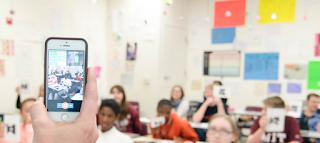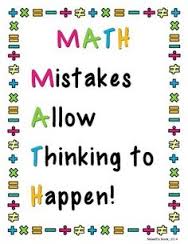This post is to share some different resources that might help you as you plan for your fractions instruction. I have tried to locate a variety: games, enrichment, tasks, and problem-solving. Please let me know if there is something else you are searching for. I will be happy to help in the quest.
Let me know if you have questions. Please share this post with a friend who might find it useful.
E-toolkit: Our EM ConnectEd component has a great fraction piece to it. It is worth your time to explore all of the things it can do!
Battleship Numberline: Fun practice for 3rd graders on putting numbers on a number line
Slide to the Top: This game has students place various fractions on a number line. Can be played with fractions, decimals, or percents.
Dig It: more practice with locating fractions on a number line.
Fraction Feud: Students reason about numbers to make fractions bigger or smaller than each other.
Melvin's Make a Match: a fractions matching game
Greedy Algorithm: students work to figure out how the algorithm works
Fraction Jigsaw: jigsaw that includes practice of equivalence and addition and subtraction of fractions.
A variety of primary fraction tasks: these are probably most appropriate for 3rd grade
Ben's game: Good problem solving activity
Sweettart Hearts: This 3 act task focuses on 3.NF.1 and 4.NF.4. 3 act tasks give context to problem solving and should be presented in a way which allows students to really explore the problem before solving it. This notebook file has all of the questions, videos, and links in it.
Do the Dew: Another 3 act task--this one involves unit fractions and simple addition. 3 act tasks give context to problem solving and should be presented in a way which allows students to really explore the problem before solving it. This notebook file has all of the questions, videos, and links in it.
The apple: This 3 act tasks focuses on 4.NF.4. 3 act tasks give context to problem solving and should be presented in a way which allows students to really explore the problem before solving it. This notebook file has all of the questions, videos, and links in it.
Engage New York has some good materials to supplement our Everyday Math study of fractions. These links just take you to a grade level's page.
Do you have any great resources to share? Please feel free to share below in the comments
































